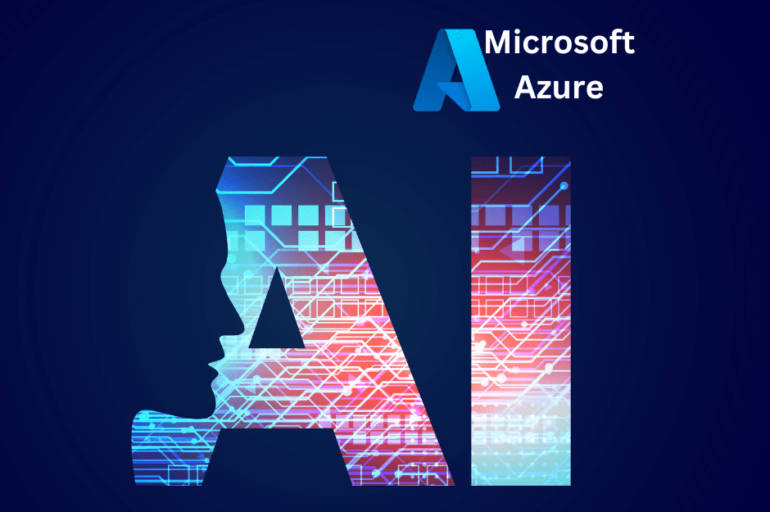- Microsoft introduces new safety features for Azure AI to detect and prevent hallucinations.
- The system, powered by LLM technology, offers proactive defense against malicious prompts.
- Three core components include Prompt Shields, Groundedness Detection, and safety evaluations.
- Additional features in development aim to enhance model safety and user monitoring.
- Users can customize controls to mitigate bias and filter hate speech or violence.
- Integration with flagship models is seamless, while users of smaller systems may need manual configuration.
Main AI News:
Microsoft’s latest safety initiative promises to revolutionize the security landscape for Azure AI users, unveiling a robust system capable of identifying and mitigating hallucinations within AI applications. Sarah Bird, Microsoft’s chief product officer of responsible AI, revealed in an exclusive interview with The Verge that her team has meticulously crafted a suite of new safety features tailored to streamline the protection process for Azure clientele, eliminating the need for extensive red team testing.
Designed to empower users with enhanced defense mechanisms, these cutting-edge tools, powered by LLM technology, boast the capability to not only pinpoint potential vulnerabilities but also to proactively detect and thwart hallucinations that may arise during AI operations. By leveraging these advanced functionalities, Azure AI customers can rest assured that their models remain shielded from malicious prompts in real-time, irrespective of the model hosted on the platform.
“In an era where not all customers possess an intricate knowledge of prompt injection attacks or offensive content, our evaluation system steps in to generate simulated prompts, enabling users to gauge the resilience of their AI systems,” Bird explains. This proactive approach aims to preempt generative AI controversies sparked by undesirable outcomes, such as the proliferation of explicit deepfakes or historically inaccurate depictions, which have plagued other tech giants.
Comprising three core components – Prompt Shields, Groundedness Detection, and safety evaluations – this comprehensive safety framework is now available in preview on Azure AI. While Prompt Shields fortify defenses against prompt injections and malicious instructions, Groundedness Detection acts as a vigilant guardian, rooting out and neutralizing potential hallucinations. Furthermore, safety evaluations provide users with invaluable insights into their model’s vulnerabilities, ensuring a proactive stance against emerging threats.
Looking ahead, Azure users can anticipate additional features geared towards steering models towards safer outputs and flagging potentially problematic users. Whether inputting prompts manually or processing third-party data, Azure’s vigilant monitoring system scrutinizes each interaction for banned words or concealed prompts, minimizing the risk of undesirable outcomes. Moreover, by implementing robust filters to mitigate bias and enabling customizable controls, Microsoft aims to empower users with granular control over their AI models.
However, in a bid to democratize AI safety, Bird acknowledges the importance of accommodating users of diverse AI models, including smaller open-source systems. While safety features are seamlessly integrated with flagship models like GPT-4 and Llama 2, users of less mainstream models may need to manually configure safety settings, ensuring comprehensive protection across the Azure ecosystem.
With an unwavering commitment to advancing AI safety and security, Microsoft continues to bolster its software offerings, catering to the evolving needs of a burgeoning customer base. As interest in Azure’s AI capabilities continues to surge, fueled by the recent partnership with French AI company Mistral, Microsoft remains steadfast in its mission to deliver cutting-edge solutions that prioritize both innovation and integrity.
Conclusion:
Microsoft’s unveiling of its revolutionary safety system for Azure AI signifies a significant milestone in the AI market. By addressing vulnerabilities and hallucinations while empowering users with advanced defense mechanisms and granular control, Microsoft sets a new standard for AI safety and security. This move not only enhances customer trust but also underscores the company’s commitment to fostering innovation responsibly. As the demand for AI solutions continues to grow, Microsoft’s proactive approach is poised to reshape the market landscape, driving industry-wide advancements in AI safety practices.

